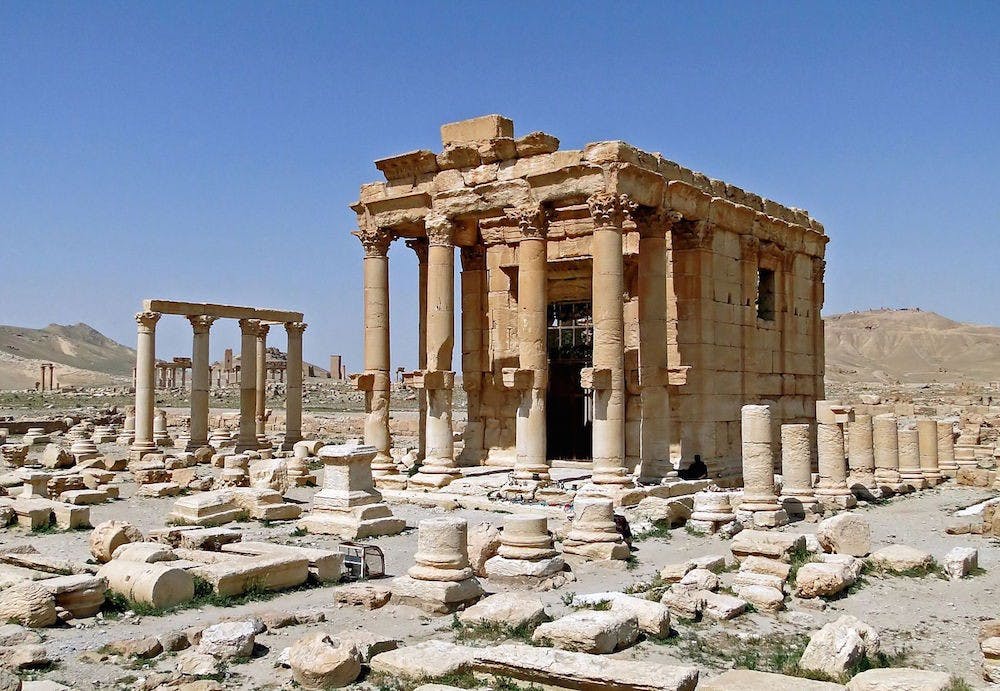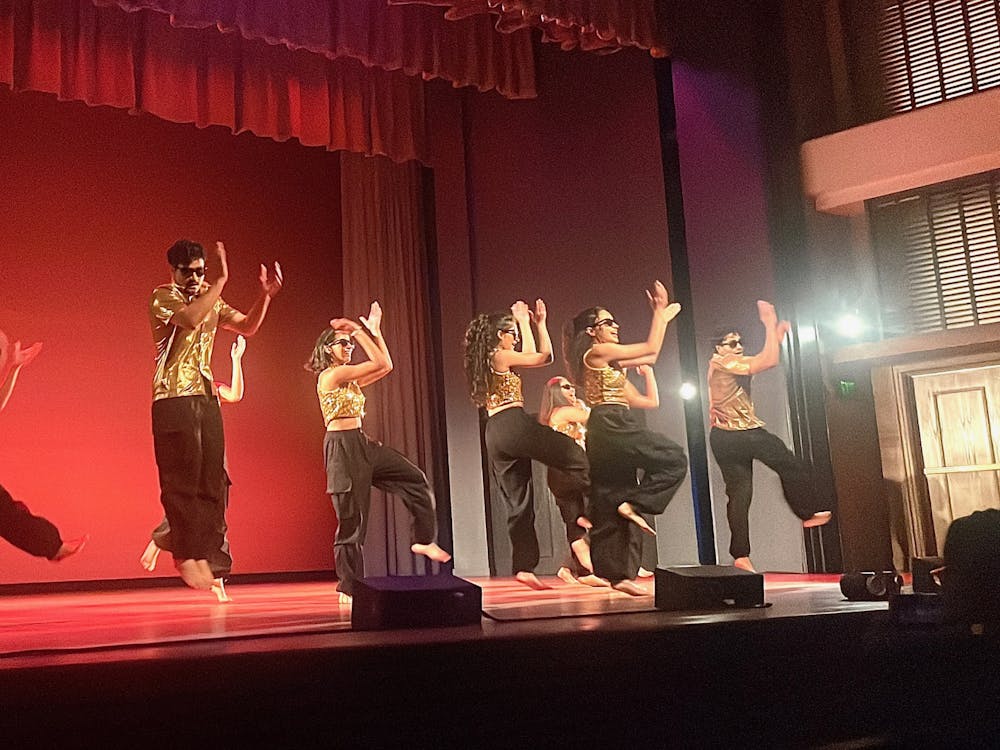What's up, Doc? is a Q&A series where The Collegian asks a University of Richmond professor five questions on a prominent current events topic that align with their expertise.
Elizabeth Baughan, associate professor of classics and archaeology, whose research focuses on burial furniture, banqueting ideologies, and cultural identities in ancient Anatolia, answered five questions for The Collegian regarding ISIS/ISIL, Palmyra, looting and the destruction of historic sites.
Caroline McNamara: First off, what exactly happened?
Elizabeth Baughan: In the past several weeks, the extremist group ‘ISIL’ (Islamic State of Iraq and Levant also known as ISIS or Islamic State of Iraq and Syria) has escalated its attack on the ancient city of Palmyra in Syria and on the cultural heritage of humanity in general. The terrorists took control of the UNESCO (United Nations Educational, Scientific, and Cultural Organization) World Heritage site in May and have been carrying out many of their gruesome executions within its ruins. Last week, reports emerged that they had blown up the Temple of Baalshamin, built in the first century AD, and the group later released images of the explosion; satellite images confirm that this beautiful structure has been reduced to a pile of rubble. Just today (Monday August 31) it was reported and then confirmed by satellite imagery that another temple at Palmyra has been completely obliterated by explosives. The Temple of Bel, also built in the first century AD, was one of the best-preserved ancient temples anywhere, and its unique design combined Greek and Semitic elements.
CM: Why should we, as Richmond students, care?
EB: ISIL’s destruction of these temples in Palmyra is a crime against all of humanity. UNESCO has already declared the destruction of the Baalshamin temple a “war crime,” and the destruction of the Bel temple intensifies the magnitude of this offense. These buildings stood for nearly two thousand years, through the peaks and declines of the Roman, Parthian, and Ottoman empires, and inspired Neoclassical architectural forms through their impact on 17th- and 18th-century European travelers. Palmyra was an oasis on the caravan route between Mesopotamia and the Mediterranean and in many ways served as a bridge between cultures, between east and west. The destruction of Palmyra represents the destruction of two millennia of cultural exchange and history. While most people would not place the loss of cultural heritage on a par with loss of human life, I think it is equally reprehensible and that its effects can be even more devastating. What could these buildings have inspired in future generations, hundreds or thousands of years from now? The world will never know. The value of archaeological heritage is perhaps best demonstrated by Khalid al-Asaad, former director of antiquities of Palmyra, executed by ISIL just days before the first explosion for not disclosing the location of artifacts he had helped to hide from them; he should be seen as a cultural heritage martyr because he put the safety of ancient artifacts above his own life.

CM: Why do you think ISIL would destroy these structures?
EB: The destruction of Palmyra should be understood as part of a wider attack on cultural heritage that includes the Assyrian palaces at Nimrud and Nineveh and the Mosul Museum in Iraq. It seems to be not just an attack on classical/western heritage, but on everything pre-Islamic. But I think ISIL’s approach to ancient cultural heritage is hypocritical and opportunistic. At the same time that they are blowing up ancient monuments, they are said to be also looting sites for smaller, portable objects that can be sold on the antiquities market to raise funds for more weapons and more explosives. I also think they are trying to grab the attention of the western media, with shocking images of these iconic buildings being destroyed—as if they are trying to match the awful spectacle of 9/11.
CM: Should people be doing more to preserve ancient architecture?
EB: Well, yes, but I really don’t know what can be done to save the sites already under control of extremists, short of military intervention. I can only add that there are plenty of other cultural heritage sites crumbling under the pressures of development and tourism, and while the threats facing them are not as imminent or deliberate, we should be just as concerned about protecting them. There are also many other sites being destroyed by looting, and we can stem this loss of archaeological context by refusing to purchase or accept artifacts for private collections or museums unless they have well-documented histories out of the ground prior to 1970 (UNESCO’s benchmark date). In fact, the FBI has just released a statement that the purchase of undocumented artifacts from Iraq and Syria can now be prosecuted as support for terrorism, since ISIL is funding its cause by selling antiquities on the western art market.
CM: How does what has happened exemplify ISIL’s use of the media?
EB: It seems to me that the extremist group is strategically spacing out its destructive activities, and its release of images showing these activities, to remain on the ‘front pages’ of western media week after week, month after month. And it seems to be a planned and sustained assault, one that perversely takes advantage of the aesthetic beauty of these ruins—using them as a backdrop for horrific executions as well as shocking detonations. Recognizing that media attention only fuels the flames and could lead to more destruction, I’m conflicted about even discussing this situation here, but I believe that Richmond students should know about what is happening.
Enjoy what you're reading?
Signup for our newsletter
Contact news assistant Caroline McNamara at caroline.mcnamara@richmond.edu
Support independent student media
You can make a tax-deductible donation by clicking the button below, which takes you to our secure PayPal account. The page is set up to receive contributions in whatever amount you designate. We look forward to using the money we raise to further our mission of providing honest and accurate information to students, faculty, staff, alumni and others in the general public.
Donate Now



